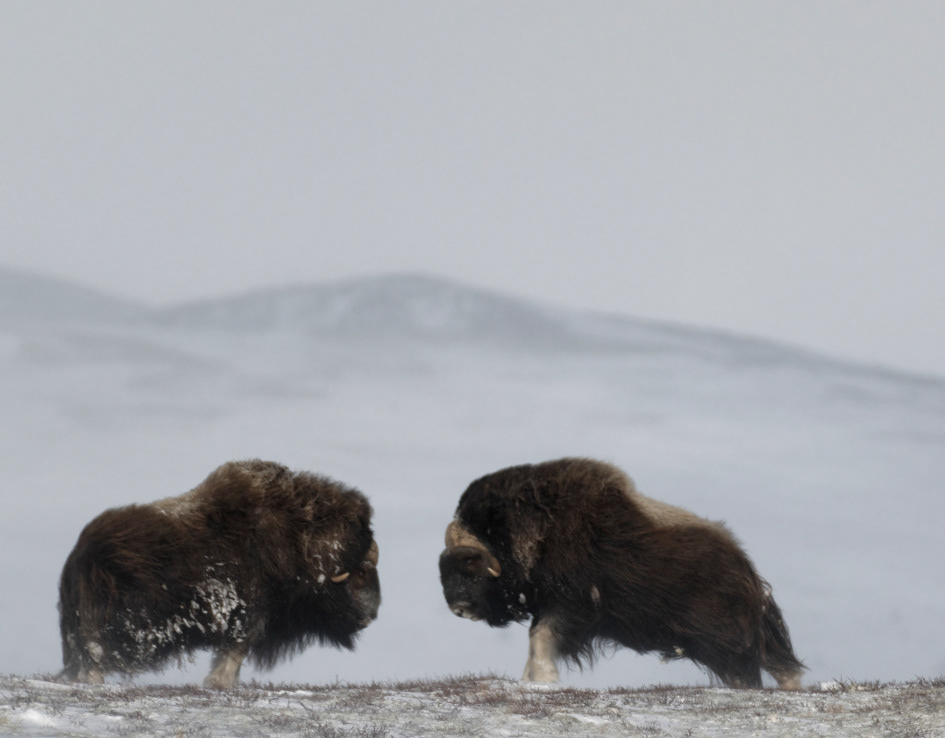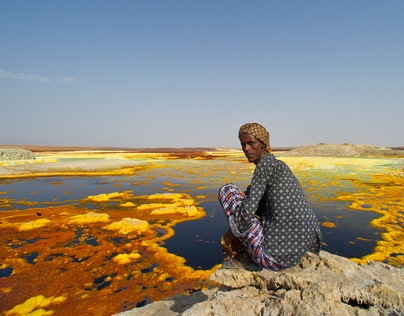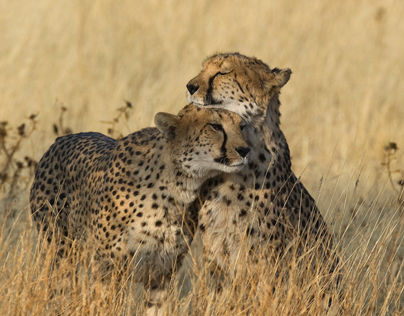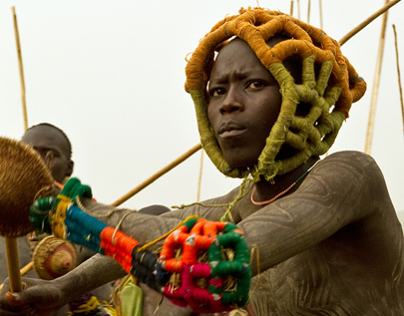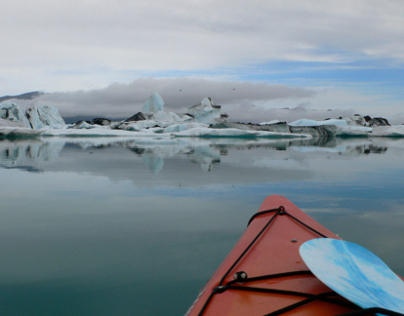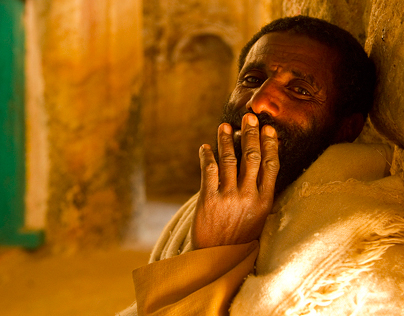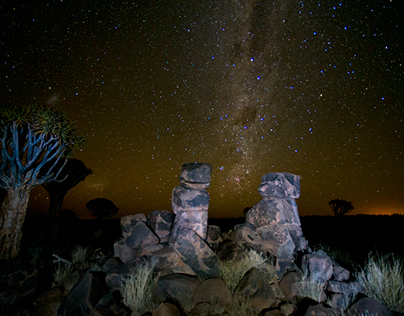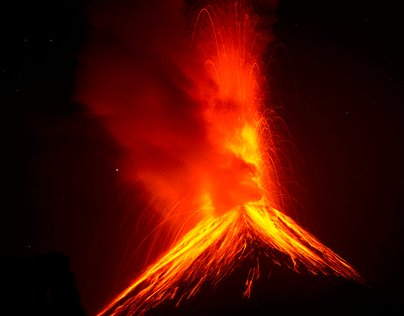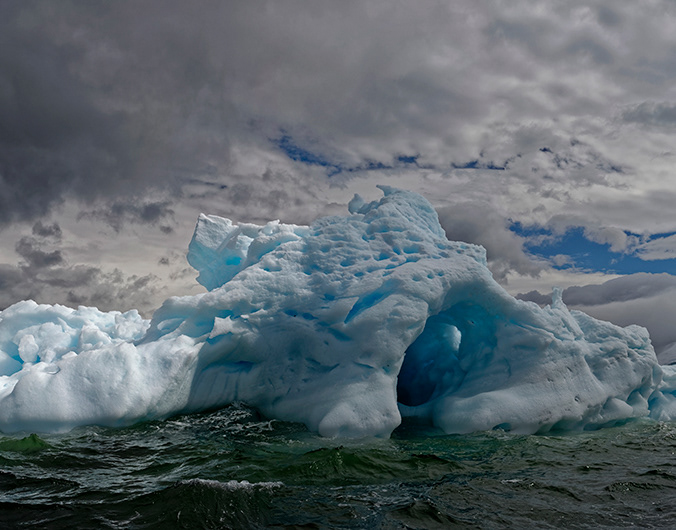Eruption of the Eyjafjallajökull volcanic system
Iceland - March 2010.
I was able to be on site twice, March 27 and 30. I went there using an arctic truck driving over the Myrdalsjokull glacier (1493 m high). It is a 4 to 5 hours drive.
Iceland’s Eyjafjallajökull Volcano burst into life for the first time in 190 years on March 20, 2010. A 500-meter- (2,000-foot) long fissure opened in the Fimmvörduháls pass to the west of the ice-covered summit of Eyjafjallajökull. Lava fountains erupted fluid magma, which quickly built several hills of bubble-filled lava rocks (scoria) along the vent. A lava flow spread northeast, spilling into Hrunagil Gully.
The eruption of Eyjafjallajökull was presaged by a series of earthquakes starting in early March. Over time, the earthquakes rose towards the surface, and land near the volcano rose at least 40 millimeters (2 inches)—both indications that magma was moving underneath the volcano.
I wrote few papers about the eruption:
1) Detay M. — L’éruption de l’Eyjafjöll (2010 – Islande), in LAVE, revue de l’association de volcanologie européenne, 144, Mai 2010, 17-30 (2010). You can download the paper here
2) Detay M. — Eruption de l’Eyjafjöll, un volcan qui a du panache, in Pour la Science, 392, 70-76, (2010). You can have access to the paper here
3) Detay M. — Eyjafjöll : radiografia di un’eruzione, in Le Scienze, 503 74-81 (2010). You can have access to the paper here


